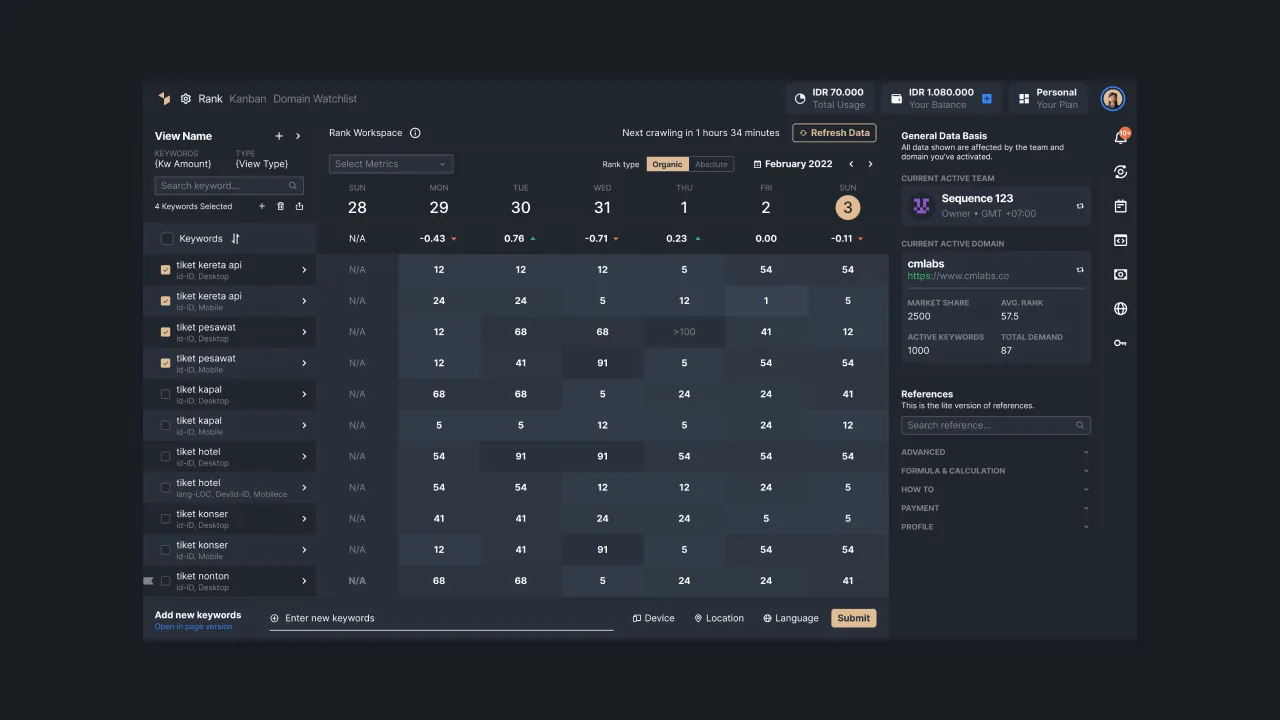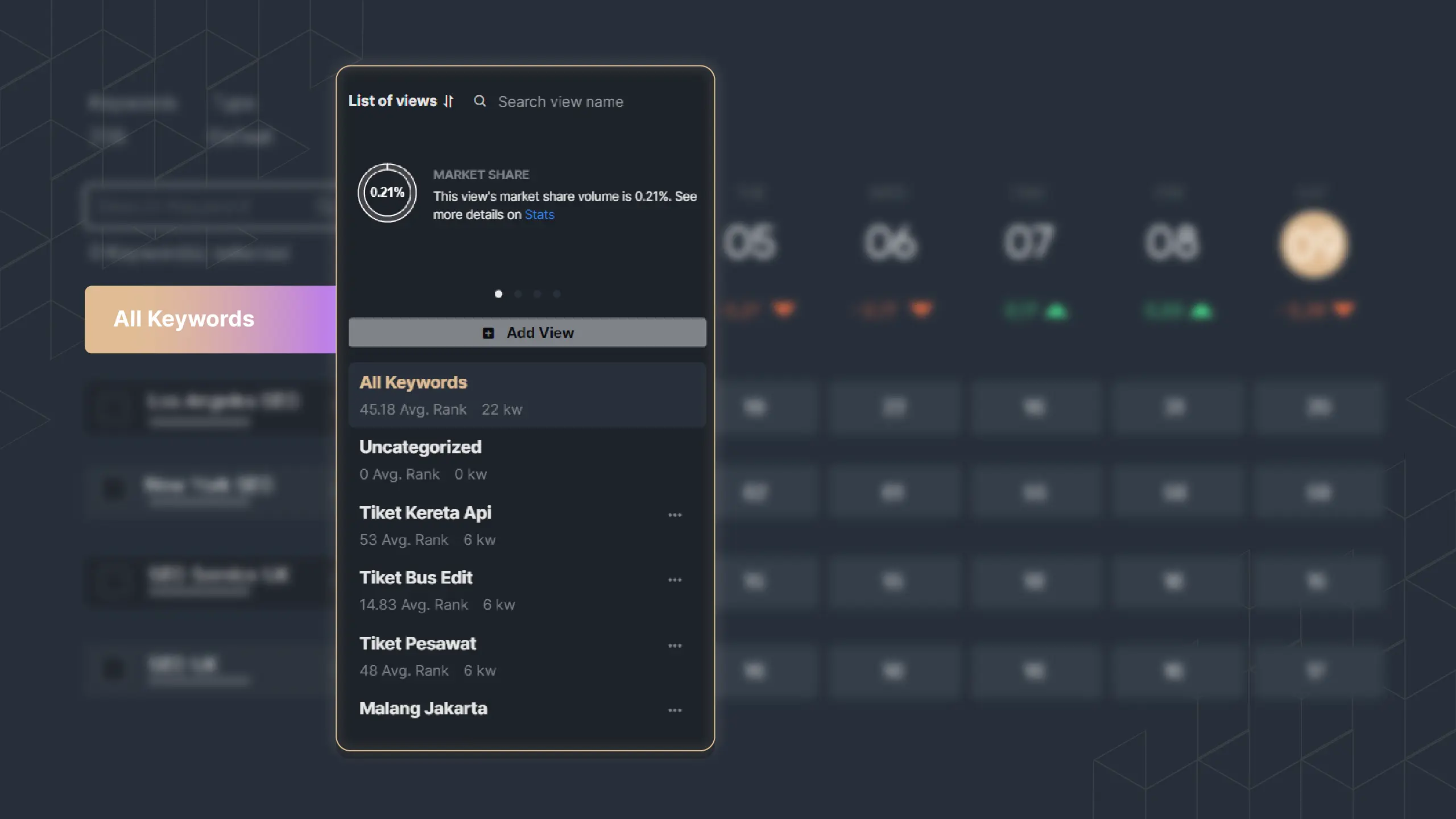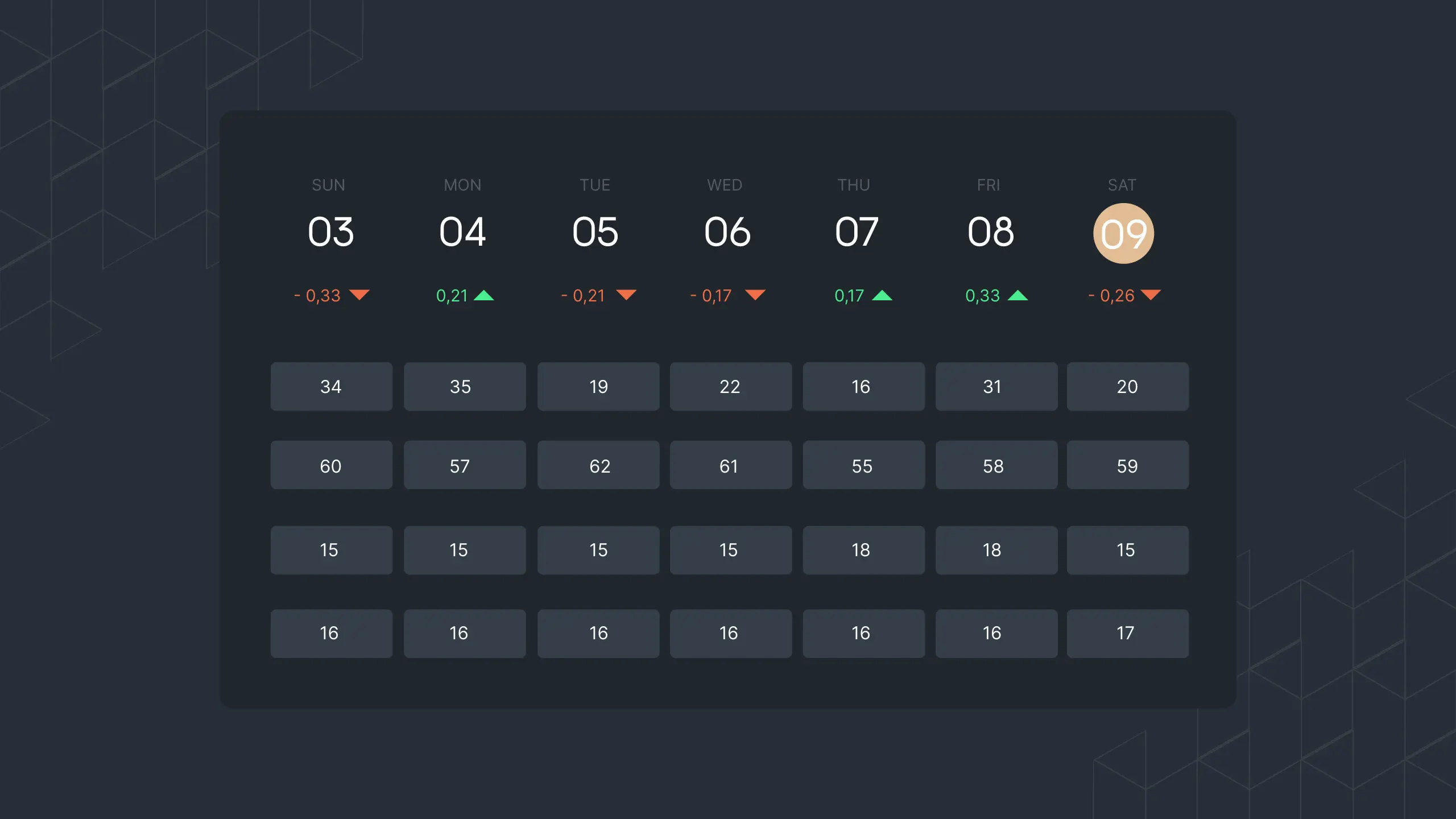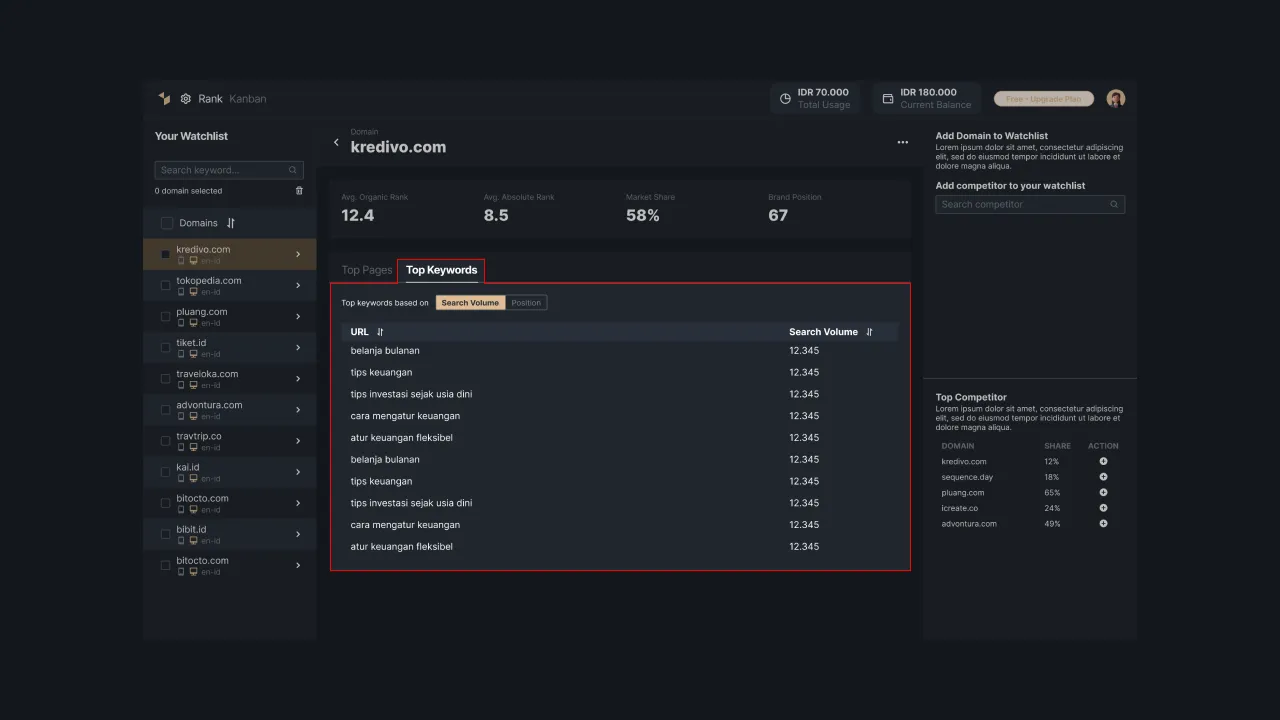Keyword Monitoring: The Best Practices and Tool
Keyword monitoring refers to the process of systematically tracking and analyzing specific keywords or phrases relevant to a business or website. This practice allows businesses to gain valuable insights into their online presence, search engine rankings, and overall performance in the digital landscape.
To dive deeper into the best practices and the tool you need in doing it, read this article to the fullest.
Importance of Keyword Monitoring for Businesses
Keyword monitoring plays a pivotal role in the success of modern businesses. By keeping a close eye on relevant keywords, businesses can better understand their target audience, stay ahead of their competition and make data-driven decisions to optimize their online visibility and marketing efforts.
Important Metrics in Keywords Monitoring
In the process of monitoring your keywords, you need to look up to the important metrics that can define the keyword performance. By monitoring these metrics, you will get a better insight into what’s going on in your target keywords.
1. Keyword Ranking
Keyword ranking refers to the position of a specific keyword or key phrase in the search engine results pages (SERPs) when users search for that particular term. Monitoring keyword rankings is crucial because it helps you understand how well your website is performing in search engines for targeted keywords.
2. Traffic
In the context of keyword monitoring, traffic refers to the number of visitors who come to your website through organic search results. An increase in organic traffic often indicates that your keywords are performing well, attracting more users to your website. However, it's important to analyze not just the quantity but also the quality of the traffic.
3. SERP Features
SERP features are elements that appear alongside traditional organic search results. These features provide additional information or options to users directly on the search results page. If your website is featured in a knowledge panel or a featured snippet, it may attract more attention and clicks, even if it doesn't rank at the top of the traditional organic results.
4. Overtime Changes
Overtime changes refer to the analysis of how various keyword metrics evolve over time. This involves tracking the performance of keywords and related metrics, such as rankings, traffic, and conversions, on a regular basis (daily, weekly, monthly, etc.).
Overtime changes can help you adapt your SEO strategies and content optimization efforts to stay relevant and competitive in the ever-changing digital landscape.
Keyword Monitoring Best Practices
Keyword monitoring is an ongoing process, thus you need to be determined to do this. Let’s put aside how you get the target keyword from keyword research, now let's imagine you already have the list of keywords to monitor. Here are the best practices to maintain all of them.
1. Track All Target Keywords in One Place:
Use a centralized keyword tracking tool to monitor all your target keywords. This ensures easy access to real-time data and simplifies the process of tracking and analyzing keyword performance.
For example, here with Sequence Stats you only need one dashboard to monitor all your keywords with ease.
 |
|---|
| Picture 1: Keyword Rank Dashboard in Sequence Stats |
2. Group Your Keywords Into Categories
Organize your keywords into relevant categories based on themes, products, services, or other criteria. Grouping keywords helps you gain a clear overview of your keyword strategy and allows you to prioritize efforts based on the importance of each category.
You can easily group keywords and monitor them separately using the View feature inside the Rank dashboard of Sequence Stats.
 |
|---|
| Picture 2: View feature in Sequence Stats that can contain as many groups as needed. |
3. Monitor Daily and Monthly Keyword Performance
Regularly check keyword performance on a daily and monthly basis. Daily monitoring helps you spot sudden fluctuations or issues that may require immediate attention, while monthly monitoring allows you to identify trends and patterns over a longer timeframe.
4. Conduct Content Audit
Perform a content audit to assess the performance of existing content related to your target keywords. Identify high-performing content that can be leveraged further and underperforming content that needs optimization.
5. Optimize Underperforming Content for Specific Keywords
Use keyword monitoring insights to identify content that is not ranking well or attracting sufficient traffic. Optimize this content by updating relevant keywords, improving on-page SEO elements, and enhancing the overall quality to better align with user search intent.
In Sequence Stats, you can easily notice the underperforming keywords by their ranking. The higher the ranking, the brighter the color indication it shows.
 |
|---|
| Picture 3: Rank dashboard daily data. |
6. Monitor Competitor Keywords
Identify keywords they are targeting successfully and find gaps in their approach that you can leverage. This can provide valuable insights into new keyword ideas and potential areas of improvement. Use the Domain Watchlist feature in Sequence Stats to spot the top pages and keywords of your competitors.
 |
|---|
| Picture 4: Domain Watchlist to see competitors’ pages and keywords. |
Conclusion
All in all, keyword monitoring is important to make you aware of your keyword position. To do that, you need to have the right tool that can accommodate all monitoring activities and serve you the metrics data. The solution is to use Sequence Stats as your keyword monitoring tool.